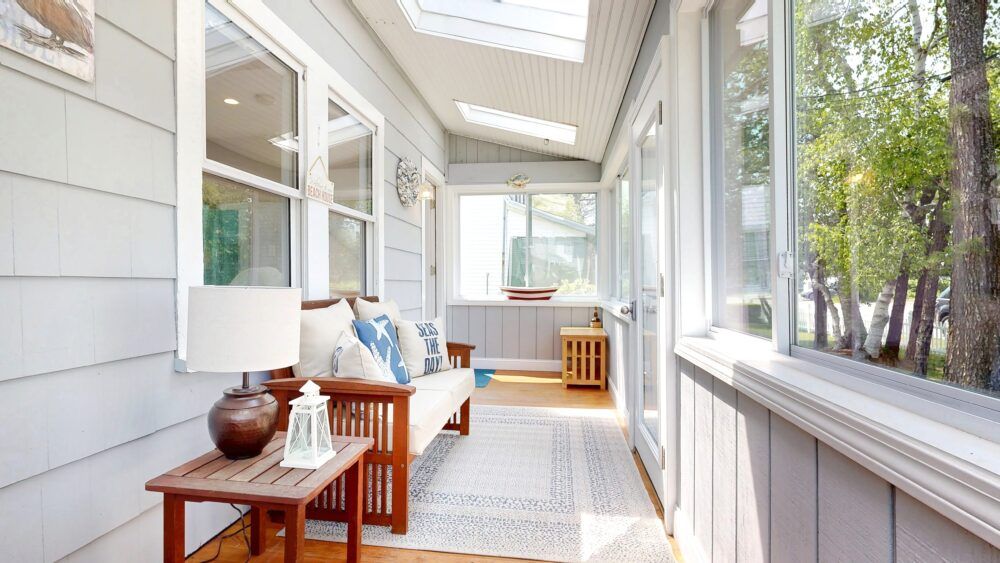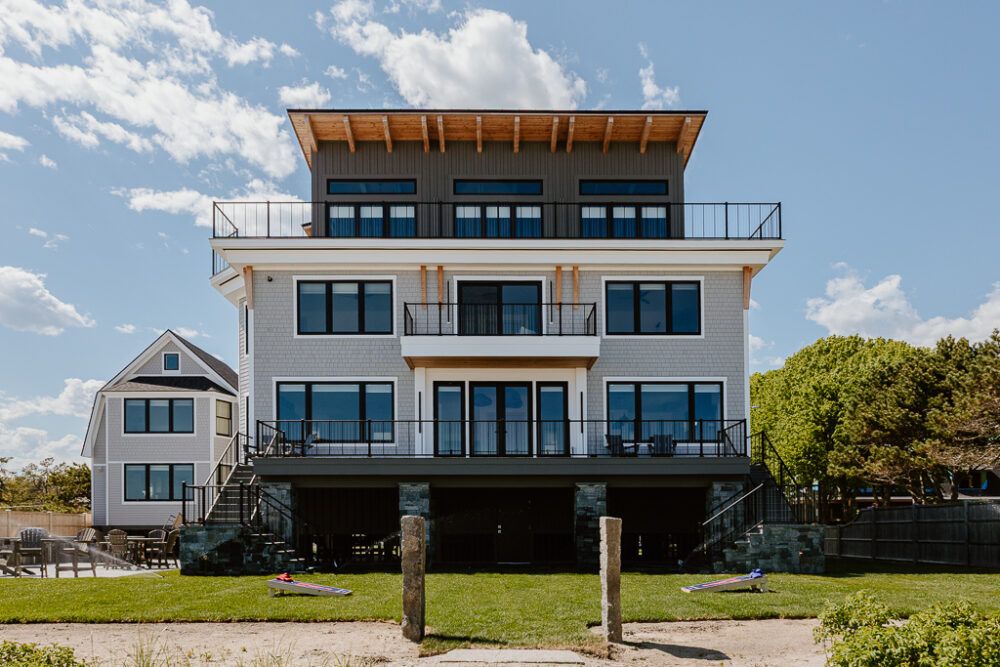
Maine’s Favorite Insect
Our state animal is the adorable black-capped chickadee (although many people would probably guess moose or lobster), but the spotlight today is on our less famous state insect: the honey bee. These little insects are adorable, fascinating, and essential to our ecosystem. Much like ants but less pesky, honey bees live in large colonies with complex social structures. Tens of thousands of worker bees, hundreds of drones, and a single Queen all work in harmony to keep the colony happy and, most importantly, to produce delicious honey.
The Worker Bee
Workers are the smallest of the three types of honey bees but by far do the most work. These little bees are responsible for collecting pollen and nectar, building honeycombs, creating honey, and defending the colony against intruders. Some workers are designated as foragers. They will travel up to four miles outside of the hive to find optimal pollen sources. When they return with their pollen, they do a dance that tells the other bees where to find the pollen. Workers make up 85% of the hive population, and they are always female.
Drones
Drones are male honey bees, and their only purpose is to fertilize the queen bee. While this sounds like a cushy existence, it is brief and does not end well. These males are only capable of mating seven to ten times before the process eventually kills them. Should a male somehow live after courtship, the rest of the hive will kick him out because he has fulfilled his purpose.
Her Royal Majesty
The queen bee is larger than all the rest and is typically the only bee capable of reproduction. At her peak, the queen can lay as many as 2,000 eggs a day and live up to seven years. Typically, their reproduction rates decrease as they get older, which is why beekeepers will sometimes swap out their queens every two years. When bees feel as though their queen’s time has come to an end, they will select a healthy larva and feed it royal jelly, a “superfood” created by certain worker bees. This nutritious food will make the chosen larva grow into a queen.
Inside the Hive
Bees are experts at creating walls of wax honeycomb, but they don’t build their own homes. Instead, they occupy and build inside hollow spaces like dead trees and fallen logs. Man-made hives can come in many shapes and sizes, but typically beekeepers prefer wooden boxes filled with removable frames. The bees build their wax structures and store their honey in these frames, which a professional beekeeper can professionally access.
The Honey Exchange
The Honey Exchange in Portland is your one-stop-shop for all your bee needs. They have locally made products ranging from honey (of course), chapstick, candles, beer, and beauty products. Amateur and professional beekeepers alike can purchase all the necessary products to keep their bee colonies healthy. If you are curious about bees or are interested in beekeeping and don’t know where to start, look no further than The Honey Exchange. They offer monthly classes on the subject, and due to COVID, these classes are now online for your convenience and well-being.
—Written by Stacy Oswald & Photo by Shelby Cohron





